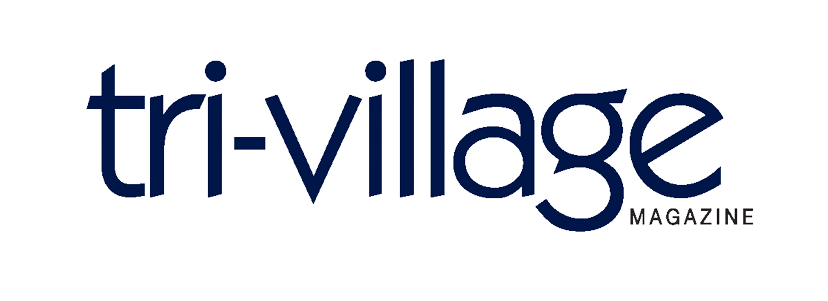
Photos courtesy of Melissa Solema
With technology expanding into more and more aspects of everyday life, it’s no surprise that it has become an increasingly valuable tool in education. This development is known as technology integration, which implements programs that use technology – instead of traditional pen and paper exercises – to supplement the classroom learning experience.
At INFOhio, a PreK-12 digital library organization that provides free access to instructional content in unison with Ohio’s Learning Standards, technology integration focuses on the collaborative act of learning within a digital platform.
“The focus is on the learning process, connected to real-world application where technology supports active personalized learning and feedback, exploration, and frequent self-monitoring to develop knowledge and skills,” says Melissa Solema, instructional team specialist at INFOhio.
One example of an integration tool is INFOhio’s Early Learning Portal, which gives learners access to more than 50 instructional websites that have been evaluated by literacy experts.
Another asset is their Teach with INFOhio blog that details a wide range of classroom options, such as the program World Book Kids, which teaches research skills to fourth-graders by creating interactive historical timelines, or Storia – a collection of eBooks that helps teachers track students’ reading and comprehension progress for students in fourth and fifth grade.
“In order to foster active learning and engagement with digital devices that encourage reading, problem solving, and flexible thinking." - Melissa Solema
Technology integration can also be implemented at different levels in order to personalize the learning experience and optimize its effects. For example, the IWonder program provides a series of interest-based questions that students select based on their own curiosities in an attempt to get students to practice problem-solving and make real-world connections outside of the exercise.
“The key is to focus on the outcome of the lesson or experience rather than focus on the digital resource to create the outcome,” Solema says.
Introducing technology integration at an early age is key to maximizing its effectiveness. As Solema points out, young learners are eager to start engaging with the tools around them, making them ideal candidates for programs that seek to guide individuals through different technological resources.
“(Early learners) are enticed by ways to connect and use digital devices and resources, allowing them to bring their ideas to life in ways they did not know was possible,” Solema says. “In order to foster active learning and engagement with digital devices that encourage reading, problem solving, and flexible thinking, young children need carefully scaffolded interaction with technology.”
For more information on technology integration, visit www.INFOhio.org and www.education.ohio.gov.
Kendall Lindstrom is a contributing writer. Feedback welcome at feedback@cityscenemediagroup.com.






